In 2022, Birmingham Museums Trust purchased eleven photographs from the series ‘The Planting of a Fig Tree’ (figs.1,2,3,4) by the contemporary photographer and publisher Chris Neophytou. MAP special issue editor Camilla Smith spoke to Chris in May 2023 to find out more about how both the Midlands and family migration histories shape his photographic practice.
Download a PDF of this article
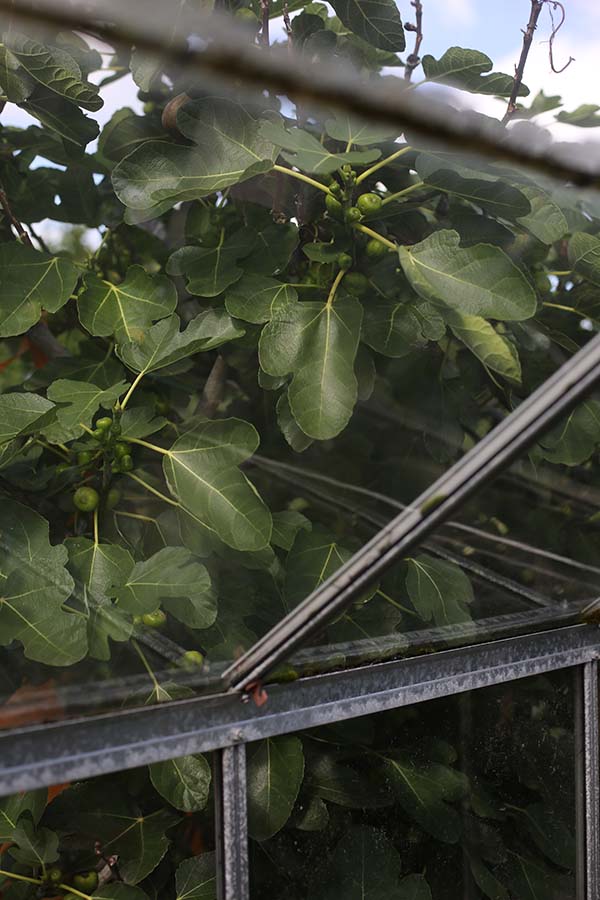 Fig.1 Chris Neophytou, untitled, from the series ‘The Planting of a Fig Tree’, 2020, photographic print. Reproduced with kind permission of the artist.
Fig.1 Chris Neophytou, untitled, from the series ‘The Planting of a Fig Tree’, 2020, photographic print. Reproduced with kind permission of the artist.
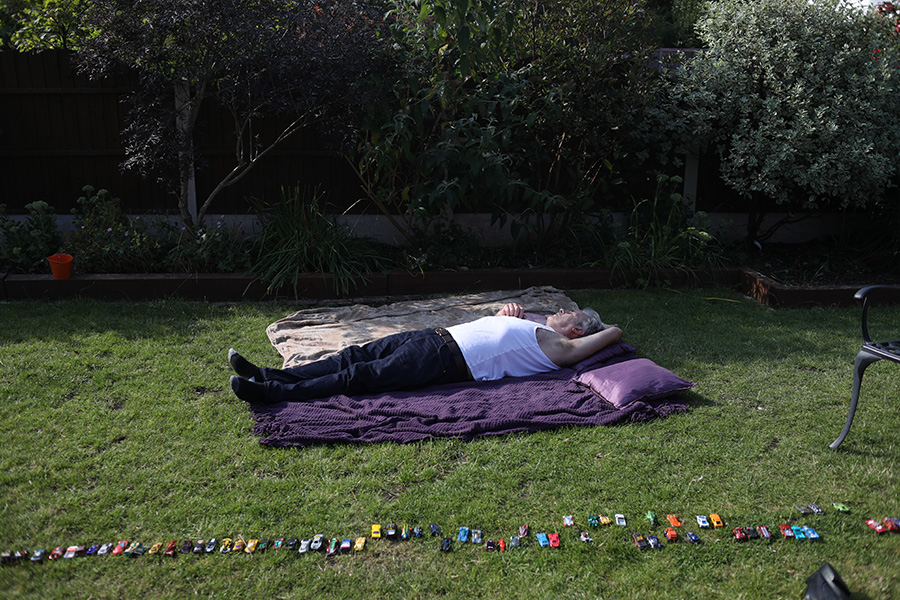 Fig.2 Chris Neophytou, untitled, from the series ‘The Planting of a Fig Tree’, 2020, photographic print. Reproduced with kind permission of the artist.
Fig.2 Chris Neophytou, untitled, from the series ‘The Planting of a Fig Tree’, 2020, photographic print. Reproduced with kind permission of the artist.
The interview was recorded on 12 May 2023 at 10.30am at the Barber Institute of Fine Arts, Department of Art History, Curating and Visual Studies at the University of Birmingham. The audio file is unedited and the questions were sent to Chris Neophytou in advance of the interview.
[Camilla Smith] So, Chris, tell me about your practice as a photographer – how do you photograph, what sort of subjects mostly attract you?
[Chris Neophytou] Ok, so lately I have been doing a lot of teaching and when I do my little introduction to my work, I always make this joke about I only really photograph two things/two subjects and they are Birmingham and Cyprus [laughter]. That’s what I say and in many ways that’s true, but I guess Cyprus has always been such an important subject, so I have to mention that. I am from Cyprus and originally my family are from Cyprus, so I always find myself making work about Cyprus and about ‘Cypriotness’ and what that is. But also, I’ve always just generally been interested in places, which is how these two things came about, I guess. Obviously, now that I live in Birmingham, Birmingham is the place that I tend to photograph a lot. But probably the way to contextualise all of this is that I have realised now (I didn’t realise when I started making photographs), that the reason I am interested in places is almost certainly because I am from two places at once; the fact that I had always been connected to Cyprus, but I grew up here. So, you have this weird feeling – everyone from the second generation knows this feeling of being in-between two places. I think it just heightens you to the idea of ‘place.’ All the photographs I make basically fall into, I guess, the subject of place. And they sort of came from, kind of, I guess, the visual language of documentaries through photography. So yeah, hopefully, that answers the question.
[Camilla Smith] Great, thank you.
[Camilla Smith] ‘The Planting of a Fig Tree’, which was made with the north Birmingham Greek Cypriot community during the first Covid lockdown in 2020. Can you tell me what the series is really about and what the meaning behind the name of the series is?
[Chris Neophytou] Yeah, so, following on from what I just said about what mostly attracts me and what mostly pictures/ subjects, I am most interested in, well obviously this book is about Birmingham and Cyprus – my two main subjects together. But maybe the best way to talk about it is, it started with a commission, so I applied for a commission as I was at home, and we couldn’t do anything [Camilla – laughter] and I finally had some time to actually send off an application. And I was really trying to think about our community during lockdown – what was going on. The starting point was this idea of distance. So, the fact that this is a community that are used to being so far away from somewhere they think of as home. And I thought that’s … or how does that track against this new idea of social distancing. You know, have we kind of got a different relationship with it because we have this experience of distancing, in a kind of, like, like metaphorical way, and now we’ve got this physical distance we’ve created. So that’s how I kind of started the proposal.
But when I started taking pictures, I realised that there is all this stuff that people do to kind of, kind of connect wherever they are from. And obviously I sort of do it as well, but probably not consciously, always. And the one thing that I noticed, whenever I visited someone, and this was probably heightened by the fact that we couldn’t go into peoples’ houses very often, so we met outside, so I started noticing that there were loads of fig trees and olive trees and stuff and …, and that really got me thinking. And I thought it was really interesting how, you know, everyone had not just done the normal things, like set up community centres and schools, and do their cultural activities and stuff and tell stories and whatever, but they add these physical things to their homes that kinda represent where they are from. While I was researching, and making these photographs, I kept thinking about the word ‘diaspora’, which is kind of what we are. And obviously the roots of the word, how they come from a couple of Greek words that mean to kind of ‘to spread seeds.’ You know, ‘and scatter,’ and I thought, I kind of put all of these things together, and I just found it really interesting that not just our community, but all kinds of second-generation diaspora communities do this thing where they plant like the seeds of their culture into where they are from. So, and that will be liking setting up whatever community centre, doing this, doing that, like language schools. The bit like I found really fascinating is that we all physically plant seeds, so we literally plant like fig trees and olive trees. And I have spoken to people, not just from our community, but other people, like you know, my neighbours are from Bangladesh and they grow something very specific to their kind of culture and stuff, and I thought that’s such an interesting thing that all this stuff like tied together.
So obviously, the fig tree being quite a common one for us, I used the title, ‘The Planting of a Fig Tree’ as like a symbol, you know, of maintaining this connection to where we’re from in a new place, and that kind of weird synthesis of two places. So, that’s the story behind the name, I guess, and the project is just about how we dealt with that kind of tough time. Yeah. I think that’s it.
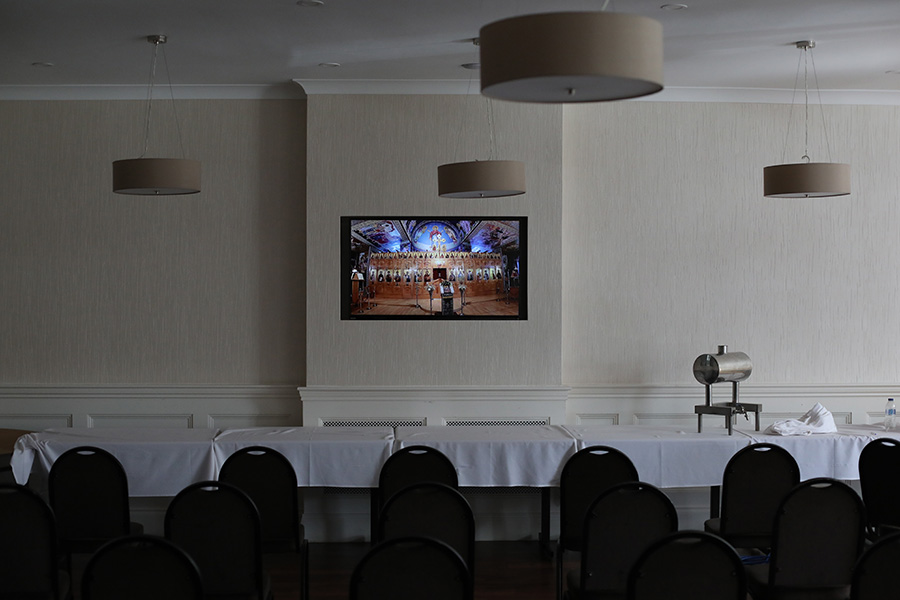 Fig.3 Chris Neophytou, untitled, from the series ‘The Planting of a Fig Tree’, 2020, photographic print. Reproduced with kind permission of the artist.
Fig.3 Chris Neophytou, untitled, from the series ‘The Planting of a Fig Tree’, 2020, photographic print. Reproduced with kind permission of the artist.
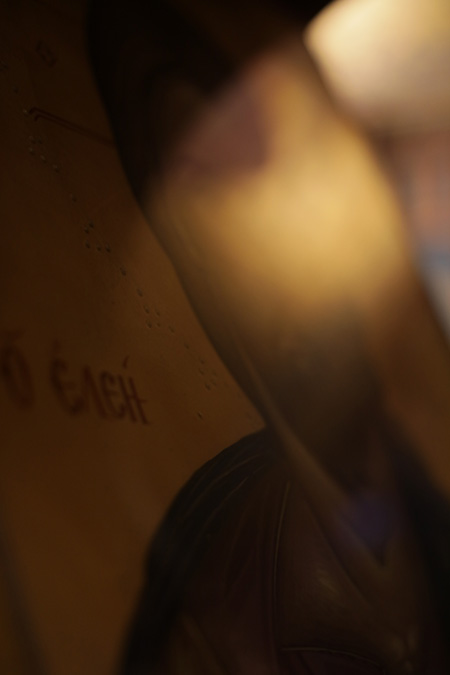 Fig.4 Chris Neophytou, untitled, from the series ‘The Planting of a Fig Tree’, 2020, photographic print. Reproduced with kind permission of the artist.
Fig.4 Chris Neophytou, untitled, from the series ‘The Planting of a Fig Tree’, 2020, photographic print. Reproduced with kind permission of the artist.
[Camilla Smith] Ok, Chris, your grandparents emigrated from Cyprus to the UK. Can you tell me about how your familial experiences of migration have shaped or influenced your work?
[Chris Neophytou] Yeah, so, I mean some of this stuff I touched on in the subjects I am interested in particularly, place. The fact that I am interested in place as a subject is because of the migration that my grandparents made. And also, the fact that Cyprus is kind of, like, will always be connected to the UK through colonialism and other things and stuff, but having been between the two places a lot, so yeah, my parents came here, my granddad came over in 1957 on a boat. I’ve actually got a photograph of him from that boat trip, which kicked off a project I made about Cyprus when I moved there for a year. But because Cyprus is kind of close, we’re always backwards and forwards. [pause] I guess that kind of the subj…I guess that’s it really, that’s what led to almost everything I’ve made now that I’m thinking about it. So, every project has kind of been based on the fact that my granddad decided to come to England and then my grandmother decided to come to England, they met, they got married, had a chip shop…
[Camilla Smith] Did they [your grandparents] meet in England?
[Chris Neophytou] Yeah, yeah. My, so my granddad had a chip shop in Birmingham. My parents later opened a chip shop. So it’s kind of this string of events meant that I kind of had this kind of place that I am interested in. So yeah, I think it’s kind of that simple that they just came here and now we’re here and I’m stuck between these two place [pause] yeah.
[Camilla Smith] Do your grandparents talk about Cyprus a lot?
[Chris Neophytou] So yeah, they did. Both grandparents have passed away now on my mum’s side. My dad’s parents stayed in Cyprus, which is quite interesting. My dad also emigrated. So my mum was born in the UK, but my dad was born in Cyprus. So my dad came over here and met my mum. So, there’s quite a back and forth a lot. So, yeah, my … yeah everyone talked about Cyprus. The Cypriots are obsessed with Cyprus [Both – laughter]. And in about 2010, I think it was, I quit my job teaching at Stafford College and I went to Cyprus for a year. My plan was to maybe stay there longer. I was going to do my national service. But my main kind of reason for going was to photograph – to make some pictures, to make a project. And the kind of point of it was, and what transpired while I was making the pictures, was that I really wanted to find out what Cyprus was. Because obviously growing up here, even though you go every summer since I was a few months old, like, the people that came over, like the first generation, they remember Cyprus in a very specific way. And when you learn about that very specific memory they have of it, once removed again, so you get this kind of ‘second hand’ information of what their experience was, you realise that you kind of build up your own mythology of what the place is. And then you go there – I spent a really serious amount of time wandering around with the camera at all times of the day, whenever I could and just had this Mamiya C330 Film Camera, which is like a twin-lens reflex square format camera, and just wandered around with this tripod most of the time. You just realise that the place isn’t what you thought it was. Because you see, every summer, I would go and sit at my grandparents’ house and stay in the same village and see the same people, and see the same things and get in the car and go to the same restaurants, you know, there’s all these things. But when you really explore a place, there’s even now, to this day I have been spending so many summers in Cyprus, I just keep learning that it’s just not what I thought it was. You know, and that’s kind of the project. So, the project was called ‘Home from Home’ and that was probably the first major project I did that kind of dealt with this idea of like, I guess, the surrounding, not ‘fall-out’, that’s probably not the right word, but like, the things associated with migration. Like the kind of ideas around a place that having moved from the place, kind of lingers around the kind of people that inherit those memories and ideas and stuff. So, yeah, ‘Home from Home’ was me kind of trying to work out that and find out Cyprus.
[Camilla Smith] I’m looking through another one of your photobooks called ‘Always Forward’ (fig.5). Its photographs of urban scenes from Birmingham city centre – sometimes with, or without figures. We see the train tracks of good old Birmingham New Street in one image (fig.6), a street scene by snow hill, a canal underpass. Some scenes are clearly topographic – so we recognise where they are. In others the sense of place is more difficult to decipher. How important is the Midlands as a location would you say to your photographic works?
[Chris Neophytou] So I’d say really important. I kind of, I haven’t lived in Birmingham all my life, but I have always had strong family ties here. Like when my granddad came over, he was in London for a really short period of time. But him and my grandmother had a chip shop in Birmingham and they lived there for a really long time, before they went back to Cyprus. They lived on Chester Road actually, yeah, and they had a chip shop called ‘The Sea Queen’ [Camilla – laughter: ‘amazing’], yeah, it still exists. It had a really amazing 60s kind of, like, painted mermaid on the wall on a piece of wood, which my auntie – because they ran the shop for a while afterwards – they kept it. It’s probably in someone’s garage somewhere; it’s really amazing. You know, I’ll show you a picture of it at some point. But, yeah, so Birmingham is really important to me because I have always had this kind of connection to it. But the longer I have been here, the longer I’ve been making work here, plus the interest in place, I always think it’s important to explore your immediate surroundings. [pause] I’ve kind of developed this like real, kind of passion, for like, I guess, like putting Birmingham a bit more on the map and it’s been like one of the big things about the publishing house I set up, ‘Out of Place’ Books, which we will talk about later.
But it kind of follows on a little bit from everything I said about ‘Home From Home’, in that I’m just really curious about places and I want to kind of find out what they are. Like really explore them and kind of cut through the mythology a bit and obviously photography, because of its nature, has always been used as a documentary tool, even though we all are kind of aware that it’s not really an objective tool – and I kind of wouldn’t like to think that my photographs are objective, but I totally don’t think that they are. But I just really like the idea of exploring places. Something that I think is quite special about the medium is that you are kind of forced to do it. Like I could write about Birmingham from my living room in Paris if I lived there [Camilla - sniggers], but you can’t really photograph Birmingham unless you go to it. And if you want to photograph a certain part, you’ve got to go there. You’ve got to walk, drive, cycle, whatever. And there’s something about the actual physical moving around the city, while you’re making the work that I just enjoy first of all. I really like being in a place. But I’m just kind of fascinated by that dialogue you have with a place; you’re taking pictures because you’re kinda confronted by it while you’re making the decisions. So, it really matters like how you feel on the day, what you’re looking at. But in terms of like the reason for doing it, is that, this is kind of like, like a nagging feeling that it’s not being done in my mind. Like I find Birmingham fascinating. I find places fascinating in general. I find cities fascinating – the layers of history, you know, where there’s so much going on at once. There’s all these people mixing together – there’s things from the past touching things that are from, you know, the present. And you know, all these multiple layers. But I just kind of really like that thing of being in it.
And the other thing that I kind of joke about this sometimes, one of like the ‘free passes’ you have as a photographer, is that you can kind of photograph anything – if you keep the photographs long enough, they’ll be interesting. And one of the things that I think about parts of England that I think are ignored is that they’re not being investigated and documented and understood. You know, there’s almost like this – it isn’t my responsibility in a way – but like I worry that will we have documentation or even some serious like artistic investigation of these places because people aren’t interested in them? And even super everyday things, you know, like, it’s been done in a lot of…, London’s been like photographed every second and forever. But there’s not many people in the Midlands generally, Birmingham of all the places in the Midlands is probably getting the most kind of attention….
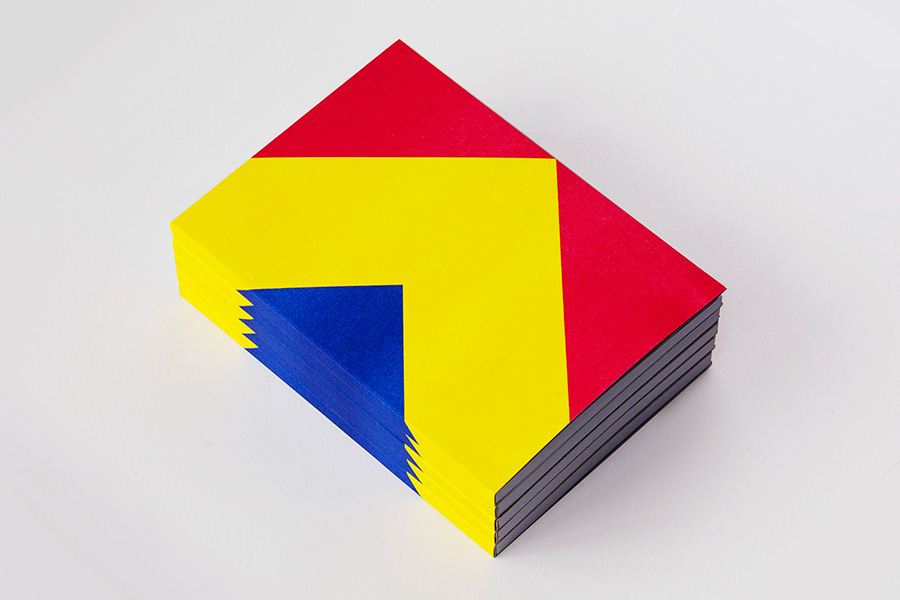 Fig.5 Chris Neophytou, ‘Always Forward’, 2021, Out of Place Books, Birmingham. Reproduced with kind permission of the artist.
Fig.5 Chris Neophytou, ‘Always Forward’, 2021, Out of Place Books, Birmingham. Reproduced with kind permission of the artist.
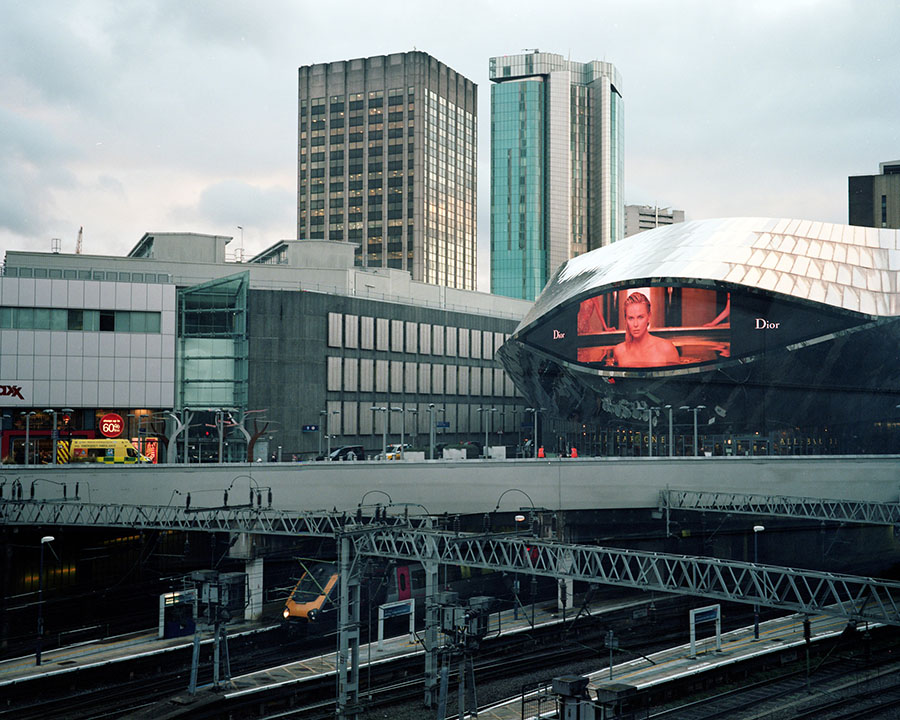 Fig.6 Chris Neophytou, untitled, from the series ‘Always Forward’, 2021, photographic print. Reproduced with kind permission of the artist.
Fig.6 Chris Neophytou, untitled, from the series ‘Always Forward’, 2021, photographic print. Reproduced with kind permission of the artist.
[Camilla Smith] Do you then sort of deliberately go ‘off the beaten track’ and look for areas, let’s say in the centre of town which won’t necessarily have been already documented?
[Chris Neophytou] Yeah, exactly. And that’s why I want, when you look through the book, you’ll notice that although there are some references to … [Camilla Smith [interrupting]…. ‘New Street Station’] yeah, New Street, there’s not really many pictures of the actual main strips or the shops (figs.7,8). And kind of my reasoning behind that is that we kind of already known what they look like. You know like the bits that people don’t necessary understand or know or the bits that I actually engage with are, kind of, I don’t really go to. Like, you know, if you take a picture of Starbucks, it’s just Starbucks isn’t it [Both – laughter]. But then there’s all these other elements of the city that I think are more honest in terms of they probably kind of portray more of the layers of the city – what the city really looks like, its industrial past. Like, looking through the book, because I’ve always liked to work in a series, I’m kind of obsessed with using motifs. Like looking through ‘Always Forward’, there’s like this ruin motif. So like quite often you’ll see, like something that references like, ancient ruins somewhere. Sometimes it’s really contemporary – sometimes it’s like a faux entry column from, you know, a couple of hundred years ago (fig.9). Or sometimes it’s something from the 90s that’s made to look old. Kind of references to historical artefacts, in a way, like, throughout it. So, that idea of time, I think mixed together, I think is really important. But the location itself is super important…..
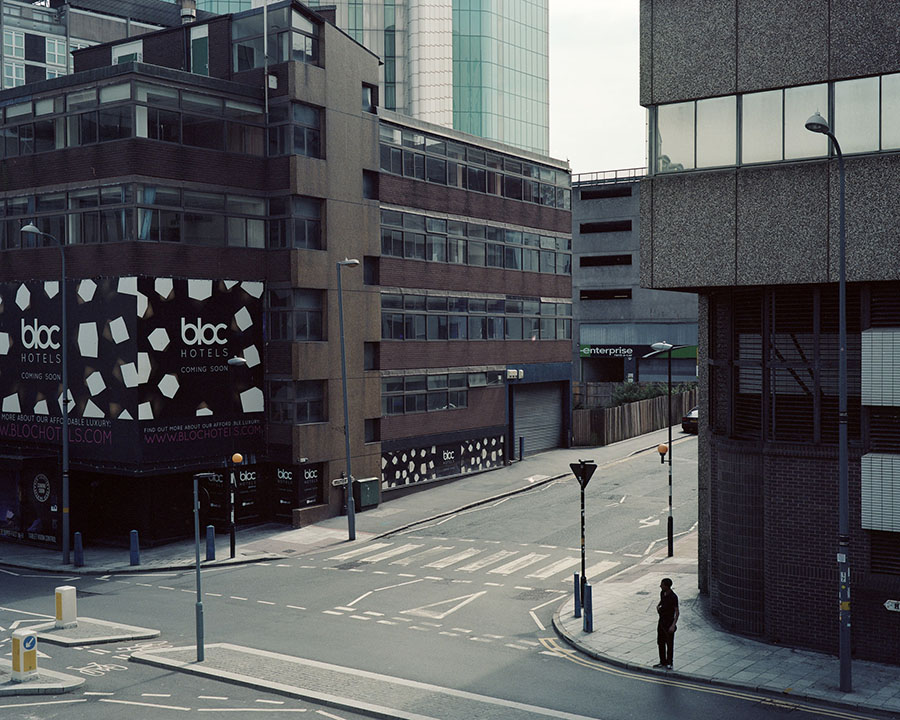 Fig.7 Chris Neophytou, untitled, from the series ‘Always Forward’, 2021, photographic print. Reproduced with kind permission of the artist.
Fig.7 Chris Neophytou, untitled, from the series ‘Always Forward’, 2021, photographic print. Reproduced with kind permission of the artist.
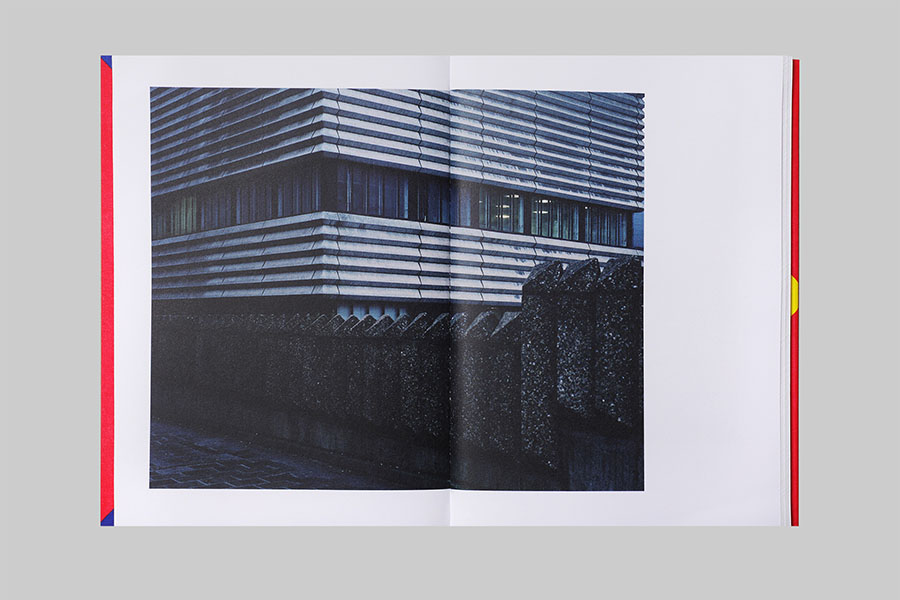 Fig.8 Chris Neophytou, untitled, double page from the series ‘Always Forward’, 2021, Out of Place Books, Birmingham. Reproduced with kind permission of the artist.
Fig.8 Chris Neophytou, untitled, double page from the series ‘Always Forward’, 2021, Out of Place Books, Birmingham. Reproduced with kind permission of the artist.
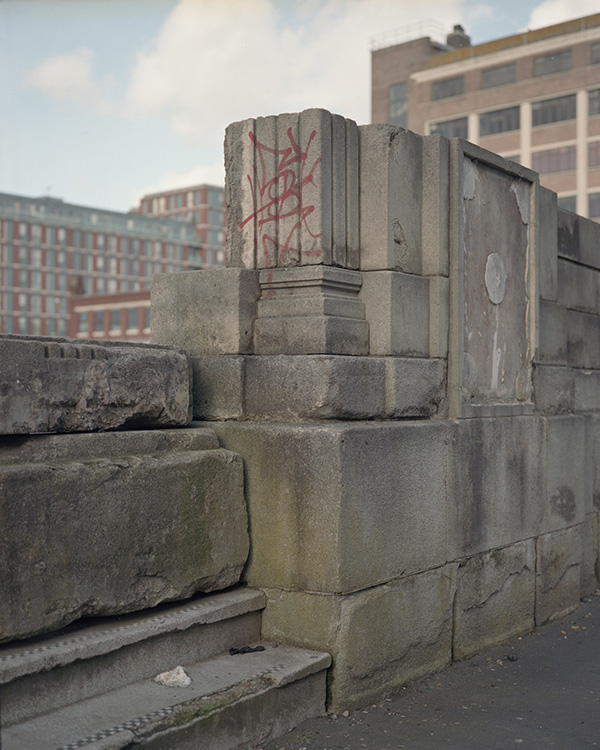 Fig.9 Chris Neophytou, untitled, from the series ‘Always Forward’, 2021, photographic print. Reproduced with kind permission of the artist.
Fig.9 Chris Neophytou, untitled, from the series ‘Always Forward’, 2021, photographic print. Reproduced with kind permission of the artist.
[Camilla Smith] And what about people? Sorry to interject. But there [Chris Neophytou – ‘yeah’] are also figures in some of the photographs, although almost portraits. Do you, are they set up? How far are they spontaneous? You see somebody on the street and think, I’ve gotta catch that person in this particular setting?
[Chris Neophytou] So that’s a really good question. Yeah [pause]. There’s a couple of ways of explaining this. But when I made the project, I had like a bit of a formula for the portraits. And that sounds, … that’s probably not the best way to describe it. But yeah, so, there’s a number of portraits in the book are straightforward portraits. So, the head and shoulders of the person take up most of the frame in the traditional portrait sense. Some of those portraits were made, just by stopping people and talking to them – randomers. There were sometimes, now there’s a particular like successful portrait that I really like, ‘Angie Tornado’, who is like a boxer (fig.10). And she approached me. She saw me with the camera, I work with this like 6 x 7 film camera, which is a really big range finder camera – it looks a bit like a kid’s toy [Camilla – laughter]. It’s really like noticeable and she approached me when I was making some pictures and started talking to me about photography. She was interested in making photography herself and I explained what I was doing, and said look, you know, would you like to have your picture taken, and I was like, for this project. And she was like, yeah sure. So we took this picture and she kind of held her fists up like a boxing kind of stance and we took a few frames and we kind of went our separate ways, and I’ve never seen her again. The building that she was standing in front of – the carpark on the way into Digbeth – doesn’t exist.
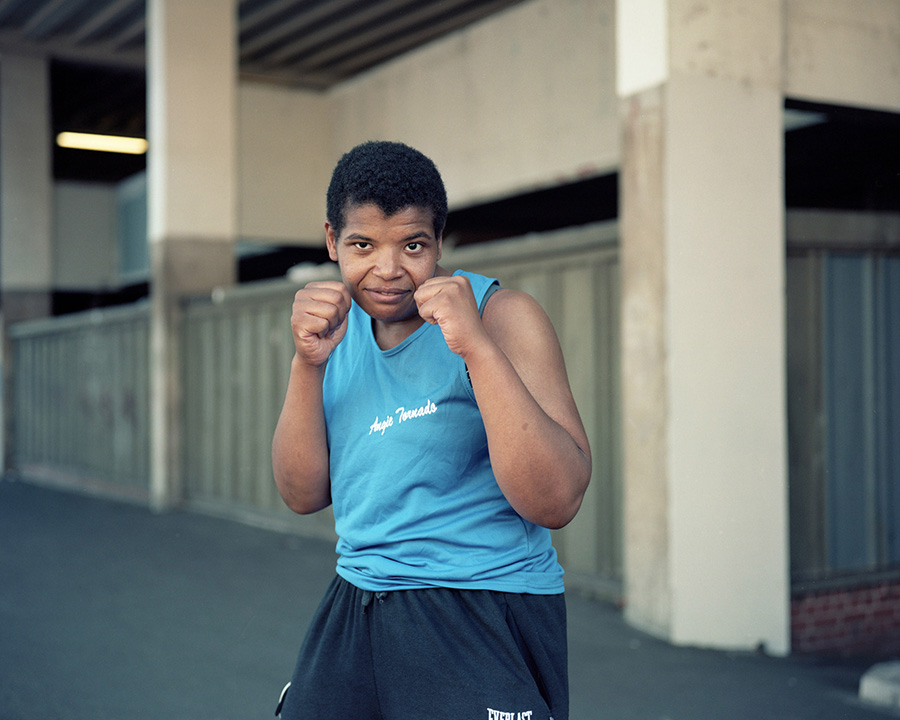 Fig.10 Chris Neophytou, untitled (Angie Tornado), from the series ‘Always Forward’, 2021, photographic print. Reproduced with kind permission of the artist.
Fig.10 Chris Neophytou, untitled (Angie Tornado), from the series ‘Always Forward’, 2021, photographic print. Reproduced with kind permission of the artist.
So, there are portraits like that, and there are some portraits of people that I just got in contact with through friends or people I sort of barely knew on Instagram that I knew were part of like the kind of Birmingham kind of life. For example, there’s a photograph of, I guess, now friend, Jade, who was like at the Birmingham Royal Ballet at the time, and I thought that’s someone who I like don’t really known, but you know, we had mutual friends and connections, so I took a picture of her and we arranged that portrait. So there’s like a couple of portraits – like there’s another portrait of a local poet who I sort of knew, who I wanted to get involved as she’s quite active in Birmingham and stuff. And then there’s a mixture of that and people who I’ve just come across. But there’s also three – I kind of sequence throughout the book – there’s like three kinds of formats of portraits. So there’s the close-up portrait, which is like Angie Tornado. And the portrait of Jade is like a full-body shot, if you like, where there is quite a lot of city in the picture as well, to kind of position it in the sense that the people are kind of part of that kind of environment. But then there’s kind of a third format, where the people are really, really small in the frame, which you’ll probably notice looking through the book. Occasionally there’s quite an empty street scene with just a singular figure that almost looks like part of the architecture in a way. Sometimes they are leaning against a lamppost or ... and I was trying to kind of put this thread into the book of like, when you experience a city, like, sometimes all individuals around you are just part of the scenery. They are not individuals, they are just like a moving blot that’s just like the city. And at some stage, they’re individuals because you’ll meet someone you know. So it’s just like there’s this weird, like …what’s the word? They become almost like ‘non-people’. Do you know, like, when you get on the tube and its packed and you end up standing so close to someone you wouldn’t normally do and that person’s almost just like – you don’t think of them as someone you know, in the same way as you would if you were sitting down having a coffee with someone? And I was trying to play around with those. In the past I’ve read a lot of stuff about ‘non-places’ and Marc Augé you know [Non-places. Introduction to an Anthropology of Supermodernity; 1992], those kind of ideas. When I was kind of at University in Camberwell, I wrote my dissertation on the communication between strangers and everyday places – you know, public places. So that’s all kind of always been part of my understanding of the city and also a lot of things that [Marcel] Broodthaers wrote about. There’s this really interesting little text where he writes about ‘no one is anyone’. It’s a really kind of complicated idea in a way. But I like that. So that’s kind of where the portraits fit into the subject so, they’re kind of part of the city in a sense. Yeah.
[Camilla Smith] So, both the photobooks we’ve been discussing, ‘Always Forward’ and ‘The Planting of a Fig Tree’ (fig.11) are published by your own publishing house ‘Out of Place’ Books. What were your motivations for setting up ‘Out of Place Books’ (fig.12)?
[Chris Neophytou] Yeah, so I have to be honest, there wasn’t really much of a motivation to set up a publishing house in the first place. What actually happened was, I guess, no maybe this is fair, maybe this is a motivation. I’ve been making work for a long, long time. I’ve been making projects since, kinda college. After university, I ended up at some point in my career doing a lot of commercial work. And that work I was really into. But I was getting a bit frustrated that I didn’t have anywhere for my more artistic practice to go. I’ve always been messing around making books, I’ve always made little zines and stuff and I sort of, when I moved to Birmingham I said to myself, right I got to do something with some of this work, and when I moved to Birmingham properly, I think it was about 2016, I made a small series of photographs about the city, which is kind of, in a way, like a precursor to ‘Always Forward.’ I shot it on a really small kind of digital point-and-shoot camera – all in black and white. Anyway, I made this series of black and white photographs and I thought they were quite good at the time. And do you know what, I thought, I’m just gonna start putting out this out in a small zine – small photobook. Because photobooks are actually the part of photography that I’ve always been most interested in. I’ve always collected photography books. I’ve got a stupid collection that’s just kind of taken over the house [Camilla – laughter].
I really wanted to make a book and like kind of get it out there. Obviously fifteen years ago it wasn’t so easy to kind of just publish a book or even a zine. But there are so many ‘print on demand’ places now, kind of the digital side of things has made things a lot easier. So, I made this like little photographic zine. I was like, I can’t just put this out without a publishing mark. This was all just like fun. I wasn’t expecting this to go anywhere. Years ago when I taught at Stafford College in the Photography Department, a bunch of us were going to set up a collective called ‘Out of Place’, because we all sort of made work about place in different ways. And that was with Dan Lyttleton, who I work with now a lot in ‘Out of Place’ Books and another photographer there, Rob Agostinelli. I think it might have even been Dan who coined the name, ‘Out of Place’ Books and back then we even got my brother to design us a logo, which was really cool. He’s a really successful art director. Anyway, nothing happened with it, so when I put this little zine together, I was like, I quite like the name and logo. I spoke to the guys and said I want to set up this publisher – what do you think? And they said, yeah, just go for it. So, I stuck ‘Out of Place’ on it, I made this little book, set up a big cartel shop, posted a bit about it on Instagram. You know, a few people kind of bought it, but then at some point someone from somewhere, I think it was somewhere in Eastern Europe, had bought the book. And I was like, hold on, this is someone who I don’t know and someone who is not in the country, you know, not in my network, and somehow they’ve heard about this book and they’ve paid money for it. And it’s gone and I’ve posted it out. And that’s when it kind of really dawned on me that I’ve just made a little zine about Birmingham, and it’s already shipped out the country to someone who may not know anything about Birmingham. So that’s kind of like the turning point.
So, I just carried on and I just kept making work. I got in touch with other photographers that were kind of interested in place and stuff. And the big motivation now is to kind of make as much work about the Midlands as possible and get it out there. So, give photographers a bit of a platform to get photographic work that deals with place, but with a special interest in the Midlands. Obviously we haven’t stuck only to the Midlands. We’ve published books about New York even, and recently we did a really cool book about these tiny islands off the coast of South Korea and other places, Dallas and … but we always kind of focus on stuff from the Midlands, Birmingham, Stoke, places like that. So yeah, I guess the motivation is to just get work out and maybe I’m a bit of a control freak [Camilla - laughter] so maybe it was just a way of having full control over the output. It’s still quite difficult, I think, to get photographic exhibitions. It’s hard enough to get an exhibition anyway, when it’s like the photobook or photo zine, whatever you want to call it, like kind of part of that history of DIY culture. You can just make your own product – distribute it and disseminate it however you want. You can have full control over how it looks and how it feels, which is kind of really interesting. Obviously collaborating quite a lot with other people. So it all ties in with that kind of idea that there is work being made and we feel it’s important to get it out there. But there’s also this kind of side of it, it’s almost like in a way, like in spite of some of the art world and exhibitions. We want to kind of – there’s kind of a beauty about the books, which I think is kind of the best way to show this work. And especially because a lot of our work is made in places which aren’t you know, areas with kind of super wealthy people living there. They are not the kind of people that are going to spend £50 on a coffee table type of book or go into an institution that’s got an exhibition on. It’s kind of nice that we can fit in this little gap that hopefully we can make interesting work, hopefully about interesting places that have been ignored in some ways and also offer them in a way that feels fair and democratic….
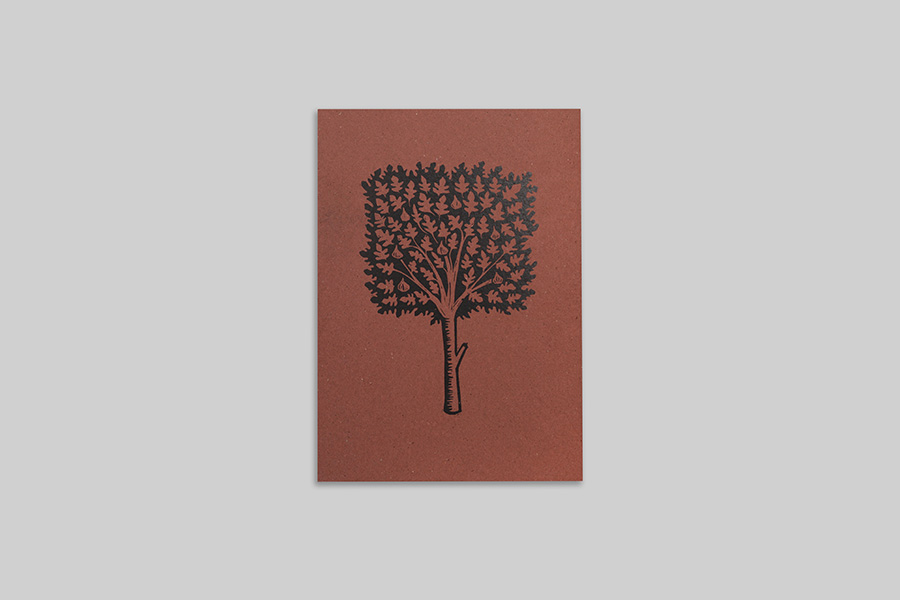 Fig.11 Chris Neophytou, ‘The Planting of a Fig Tree’, 2020, Out of Place Books, Birmingham. Reproduced with kind permission of the artist.
Fig.11 Chris Neophytou, ‘The Planting of a Fig Tree’, 2020, Out of Place Books, Birmingham. Reproduced with kind permission of the artist.
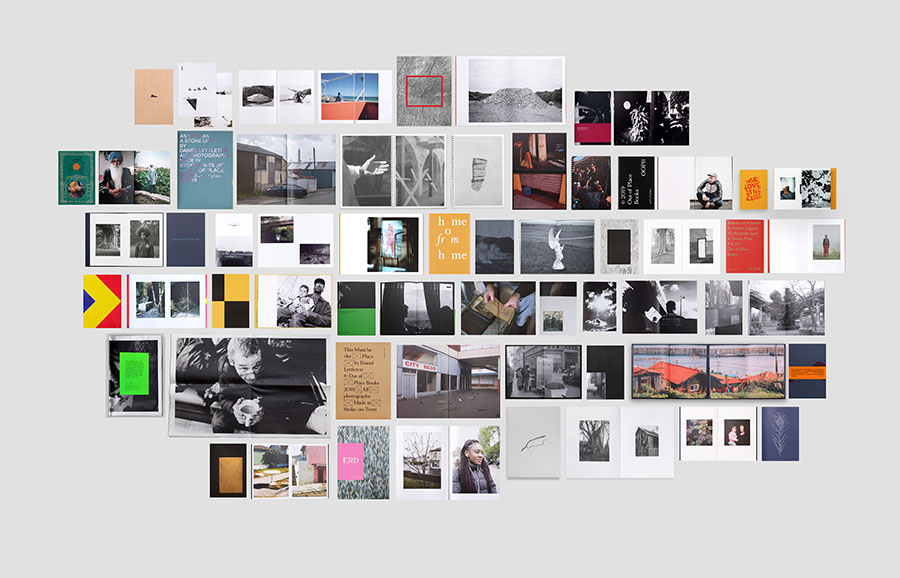 Fig.12 Chris Neophytou, Out of Place Books, Birmingham. Reproduced with kind permission of the artist.
Fig.12 Chris Neophytou, Out of Place Books, Birmingham. Reproduced with kind permission of the artist.
[Camilla Smith] So you’re sort of approaching new audiences as well?
[Chris Neophytou] Yeah, for sure. Like, I mean, like one of the first books we did, I think it was the second or third one, was about Erdington. We did this really interesting collaboration with a photographer from Stoke, who came down to Erdington and we walked around together. And there was one ‘visitor’ and one ‘local’, because I live in Erdington, and made a series of photographs. And seeing – and to this day, I still hand-post most of the books – so like seeing the addresses, I know where these people live. I know there are people in Erdington who are buying these books. And it’s probably the first time that anyone has made a photographic series about Erdington that went into a zine and went and got bought. We also did a really interesting book about a Stoke football team in the 90s – Port Vale, and we did a launch of that and the book sold really well. But there were loads of people from the football side of things, that have probably never bought an art book before. You know, there’s like interest in that, and we cultivated an audience that way. Some of those people might still be buying books now – and some of them do. You know, it’s quite, I guess that’s become part of, it wasn’t my intention when I started out, I just did it because I wanted to put my work out. But obviously it’s developed its own kind of life…
[Camilla Smith] You’ve got a hunger for it now!
[Chris Neophytou] Yeah.
[Camilla Smith] Can you just tell us a little bit about the aesthetic? The books tend to be – well, I think they’re really tasteful, they have a kind of distinct aesthetic. Is there another publishing house that inspired that? Or where have you kind of come up with this?
[Chris Neophytou] I mean that is a good question. People do say that a lot about there’s a certain house style, I guess [Camilla – yeah] …I guess some of that’s like my kind of preferences. Like I’ve kind of been studying photobooks not in a professional way really, but I’ve always been involved in photobooks, collecting them and things. But some of it is a necessity. In terms of the structure of the books, like the way they’re designed, part of the like motivation is to make them as cheap as possible. So that like gives you certain constraints. There are certain techniques that are gonna work and some that aren’t and some that are probably too expensive, which means that you’ve got to be super creative. The structure of the books means we use a lot of saddle stitch kind of constructions, which we add other things to.
But in terms of the design, we work very closely from the beginning with my brother, Andreas, who’s like an art director, who specialises in typography as well as other stuff. And I think his influence has been a big thing on the design side of things. So, he has a preference for typographic covers and things but also a lot of space, clean kind of design. I think that’s probably a combination of us two working together. But also the other thing that I think I have to say is that I’m looking at a very specific type of work. So, I am looking at photographs about place that are done in a type of, I guess, almost like documentary visual language. And because we always make the books from the photographs upwards, I wonder sometimes if that’s why the style is the way it is because we’re working with that subject matter. That subject matter needs to be dealt with appropriately. Like when you make a book, the whole point is that the book design, the structure of the book should add to the work. Like, you know, it should like share the work in hopefully the best way possible. So, it’s never always been that conscious what’s happening, but I think they’re probably the three points that have made it come together in that way.
[Camilla Smith] Ok, Chris, can you tell us about what producing a photobook of a series of works you’ve created, what does it bring/or add to our interpretation of the work – do we, why do we need to see it as a photobook – rather than seeing your photographs simply hanging on the wall of a gallery? Or do we need to see them in both ways – in a gallery and photobook?
[Chris Neophytou] Yeah like this is, I think, like a really important question for just like photography in general. And the thing I find kind of quite interesting is because I could almost ask the question the other way around and say, well why put it in a gallery? Because the photobook is as old as photography. Like William Henry Fox Talbot who was like one of the inventors of photography, one of the first things he did was make his photographs into a book – The Pencil of Nature. And before that, Anna Atkins technically probably the first illustrated photobook of all time, like she made all of those beautiful photographic images. And one of the first things she did was to make a book. So, the history of photography is as much about photobooks as it is about exhibitions. In fact, most people argue, and I would argue the same, is that it’s more about photobooks than it is about exhibitions. There’s obviously obvious reasons for that, in that like the same with other book forms like literature and stuff, is that books can like move around. Like, you know, they can like influence people and be in more places at once. There are some really interesting points in photographic history where like William Klein’s book about New York influenced like the ‘provoke’ movement in Japan, which most people think of as kind of starting just out of nowhere in Japan. But it is actually influenced by this American book published in France. So there’s this kind of really interesting kind of way photobooks kind of work. So that’s just in historical context.
But for me, like I really like the series. I really think that photographs are kind of at their best when they’re in a series. And I think there are a number of reasons for that. One reason for that is that photographs on their own are complicated. But also, it’s very difficult to say something very specific with a single photograph. I think there’s almost sometimes too much in a single photograph when you say something. They can be quite ambiguous. Now you think you’re trying to do something with it and you do something else. Especially now I’m talking about documentary style photography. I think constructed images and studio images are probably quite different. So it can be a bit ambiguous on its own. But I think you really get the potential to speak and say stuff when you start putting the photographs in a series, which obviously you can do in a gallery space as well. But there’s something about having the book’s structure that helps kind of guide the viewer through the series, and the controls you can put in, like the sizes and the binding and stuff like that, which, on a very basic level will help your work kind of say what it wants to say. But then on the other level, the potential of creating just like these really beautiful, fascinating objects. Just like the history of photobooks, the history of things that have been done since almost the beginning is amazing. The way people have used the structure of the book and it becomes almost like an art object, almost like sculpture in some ways, you’ve got all these extra elements to kind of present the book and your idea. Hopefully they kind of back up what it is you are trying to say, and elevate it, is a reason to do it.
But for me, it’s all that stuff, plus the democratic part of it. You know, like I like the fact that I can have the book, like, you know, my uncle and auntie in Cyprus can have a copy at the same time and they can pick it up in five years and it’s still there. Whereas an exhibition is so temporal; it comes and goes. And the other side of that is that I didn’t really grow up with people who went to exhibitions. And a lot of the people, I kind of know, they’re not all like ‘arty people’, to use that kind of word. They don’t always feel comfortable in those type of spaces and to be honest, I don’t always. Even though I have kind of been around this stuff. I don’t always walk into a gallery and think, oh great, these are my people, kind of thing [laughs]! Like and working in galleries before, like I worked at Walsall art gallery for a bit – The New Art Gallery, Walsall, and their, what do they call it, their sort of engagement stuff, and realising that a lot of people are not like that comfortable in gallery spaces. But there’s something really beautiful about having your own time to look at a work. And also, on top of this, I did like, my MA here, and we did like, we studied curating and looked at exhibitions and I realised how difficult it was to get an exhibition right. And how it can be to get all those elements to work. Whereas a book, you’ve got kind of a bit more control in a way. You can kind of work in a lot more of a subtle way. The environment is individual. So, you know, we’ve all been to exhibitions like an opening night, or one of those blockbuster exhibitions where there is like tons of people everywhere and you can’t really engage with the work the way you want to. Or the exhibition is too long, so you need like two hours to walk around it and in the end you’re just like rushing past, which I know is like a curatorial problem and can be like – there’s loads of people who have done amazing exhibitions – but it can just be like so difficult to get that right. But whereas a book gives you so much of your own time to do it.
Recently, I’ve mentioned this a lot lately, is that I was speaking to my friend, John Spinks – who’s a great photographer – makes like this beautiful landscape work a lot of the time, and portraits and other things, but he was saying like how his dad’s never been to any of his exhibitions. But he will always buy the book. You know, and it’s like, I kind of think about that a lot, how, you know, having the opportunity to look at something in your own time, you know, and not be forced to see it in a space that maybe isn’t a space that’s perfect for you or the kind of place you want to be in. The fact that you can really extend engagement with something is nice. Again, I think that photographs are really complicated and they need time. And if you then stack up like thirty complicated images in a sequence, with all your kind of threads and motifs and whatever else you’re trying to do, it can be hard – obviously all photographs are different, but it can be hard to get all that out of one visit at a gallery. Just like so much other art. If you are lucky enough to live by a gallery and you can visit every day, it’s amazing like the third time you go, what you didn’t notice. The second time watching a film, you’re like ahhh [Camilla – hummm] there’s all these extra bits that I didn’t notice. And a book is kind of really like conducive to that.
[Camilla Smith] Yeah, I guess it also depends on what type of photography it is. So photos of Andreas Gursky, which are so huge….
[Chris Neophytou] no good in a book [Both – laughter]!
[Camilla Smith] So, your photographs lend themselves so beautifully to that format of ‘Out of Place’ Books that I think you’ve got so perfectly, so well. It kind of, like you said, you work from the photograph outwards, and the framing of the book speaks to the photograph.
[Camilla Smith] You mention actually the MA in Art History and Curating you did here – a bit of promotion here for the University – and the challenges, so you curated an exhibition, didn’t you, with the National Portrait Gallery upstairs in the Barber Institute as part of that MA? Was there anything, apart from the curatorial challenges that, (I know you’d been working on photography way before you started the MA), but that helped you, that kind of gave you the impetus to set up ‘Out of Place’ Books and carry on with your own work? Or were there other things in the MA that kind of inspired that?
[Chris Neophytou] Well, it’s funny that I’ve spoken to someone quite recently about how basically when you’re making a book, you’re doing all the same things you would do when you curate an exhibition. The only difference is you’re just not putting it on the wall. You’re still kind of – especially because I am working with other photographers, I’m not just working with my own work – it’s like the idea, you know, of kind of, putting this thing like together. It’s got the same kind of, I guess, challenges that way. The bits before you hang anything up, you know from the stuff I learnt, it’s not about putting stuff on the wall, I mean, that’s the last bit and you tend to have little involvement in the final. You make your plans and someone else kind of puts it on the walls for you. But the actual kind of coming up with what the thing’s about, and how you gonna order the thing and how you’re gonna present that thing, and who – even some idea of who your audience is gonna be – is all really similar actually. So, there’s that.
But also, to be honest, I didn’t realise this straight away, but what I will say is that when I first started doing art, I used to write a lot about the projects. So, I always used to put out a small text about what the work’s about, and I definitely think some of the kind of art history course helped me think about how to think about the work and write about it. Because that was something I never really enjoyed doing and I really liked doing. But I definitely think having some of those skills and the wider context of what it is you’re doing, how the pieces work and how it fits into the wider scheme of things, so that definitely helps. Yeah, the main thing is that it’s like curating a little exhibition in-between some papers. Yeah.
[Both – laughter].
To see Chris’s photography and purchase publications by ‘Out of Place Books’ visit:
https://www.outofplacebooks.com/